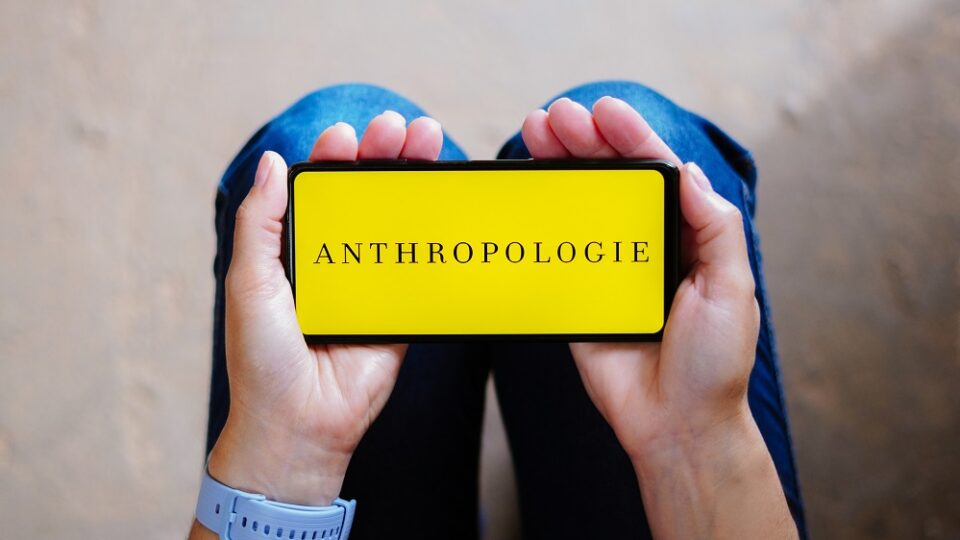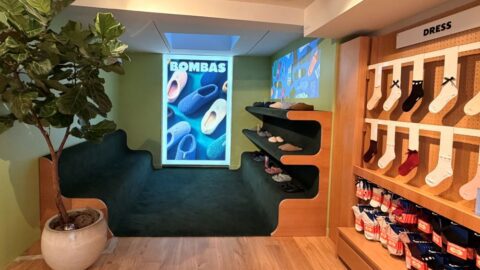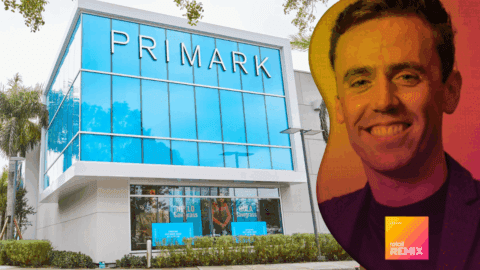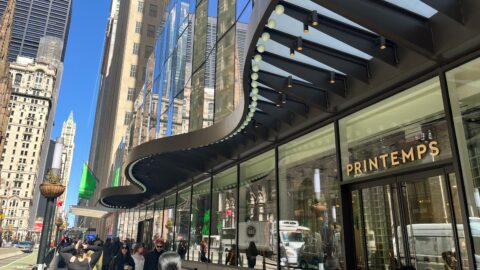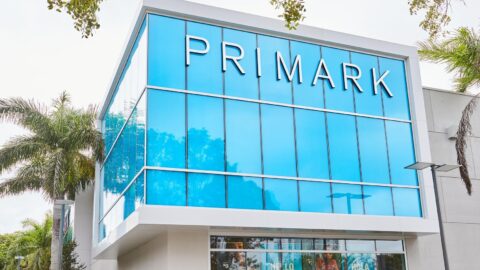It’s a common marketer’s dilemma: how do you expand your brand’s appeal beyond its core customers? The specific challenge for women’s apparel and home goods brand Anthropologie was attracting new, younger consumers without alienating women who had grown up, and grown older, with Anthropologie’s vibe and product offerings over the past three decades.
Ironically, one of the things that made this such a tall order was that the retailer’s original customer group really, really loves the brand. Elizabeth Preis, Global Chief Marketing Officer (CMO) at Anthropologie, was alerted to the depth of people’s affection for Anthropologie when she joined the retailer in December 2019: “I was floored by the thousands of people who reached out when I updated my LinkedIn,” she said during last month’s Advertising Week New York in a session titled Cracking the Code of Creative Resonance and Performance.
Compounding this challenge was the onset of COVID-19 that quickly followed. “People knew about the Anthropologie brand through the physical experience — the stores, the windows, the candles and cashmere,” said Preis. “We had to shift in order to prioritize and maximize digital because it [had become] our only source of traffic and business.”
Preis, her team and really the whole organization had no choice but to become digital-first, and this pandemic survival tactic actually helped them meet the audience expansion challenge as well. One of the most notable ways was a change in the brand’s advertising philosophy: “The days of producing that one, perfect ad are essentially over, especially as it relates to performance marketing,” said Preis. “Rather than creating one ad for many, now we create many ads for all.”
Spending More but Spending it Wisely
Preis did get some pushback from Anthropologie’s COO at the larger investment needed to create multiple ads and campaigns, but she noted that “spending media dollars on things that don’t work is a waste of money. If incremental content can reach more audiences and they’re more engaged, you get efficiency over time.”
Preis and her team called on “an entire suite” of content creators, including mega-, micro- and nano-influencers, and a combination of commissioned and curated content as well as “some we created ourselves. This gave us tremendous reach across multiple platforms that helped drive not just excitement about the brand but also massive traffic,” Preis added.
Anthropologie also worked with platforms such as Meta to carry that creative to the audiences most likely to respond to it. Preis’ philosophy was to “let the Meta algorithm do its work,” rather than expend resources on identifying and segmenting audiences. “It’s better that we [spend time doing] what we do really well — build brand love with amazing, compelling, emotional creative that makes you gasp and say ‘wow,’” she said.
The retailer also sought to better align the merchants and products it promoted in these varied campaigns as a way to spread as wide a net as possible to draw in new customers. “If we have enough of these things out there, they’ll find a customer the way water finds a hole,” said Preis.
The results have been impressive. “In a matter of months, we achieved 2.5X more exposure to the target audience we were going after,” said Preis. “We were able to reach more customers and reach them more efficiently while spending 40% less.”
Digital Through and Through
Now, even though brick-and-mortar retail has regained some of its luster post-pandemic, Anthropologie is still very much a digital-first organization. “Digital is not a channel, platform or technology — it’s a business driver,” said Preis. She noted that Anthropologie was determined that digital be part of the entire organization, well beyond the traditional “islands” of marketing and IT: “It was our responsibility to ensure that we were all at least digitally proficient,” she noted. “Some people were experts, but we were all proficient.
“This even applied to those running stores; even in the store, digital is important, because discovering, engaging and getting close to brands happens on digital,” Preis added. “Some customers come into the store with their Instagram feeds, and if they can’t find [an item from it] in the store, we can get it for them quickly. When it comes to digital and stores, it’s not one ‘or’ the other; it’s an ‘and.’”




